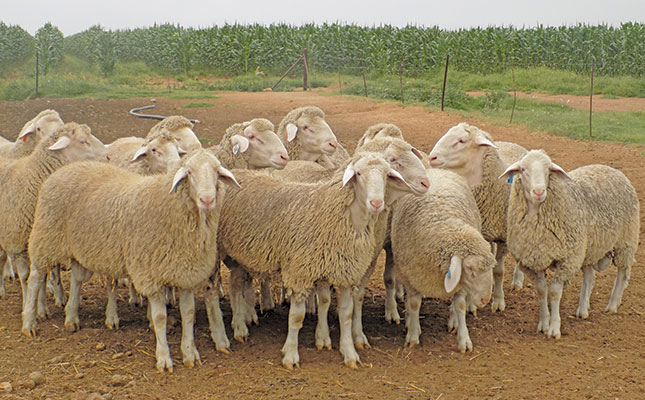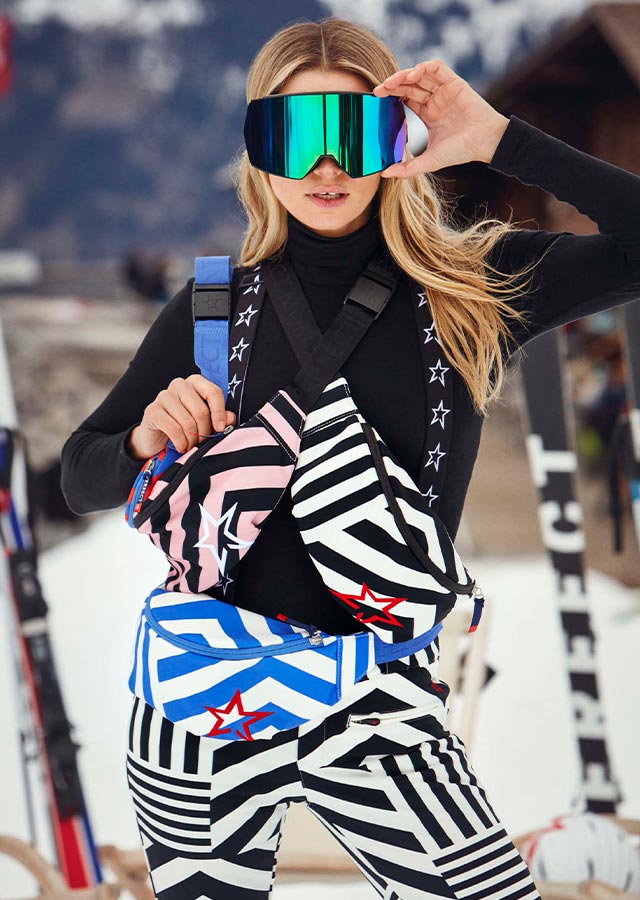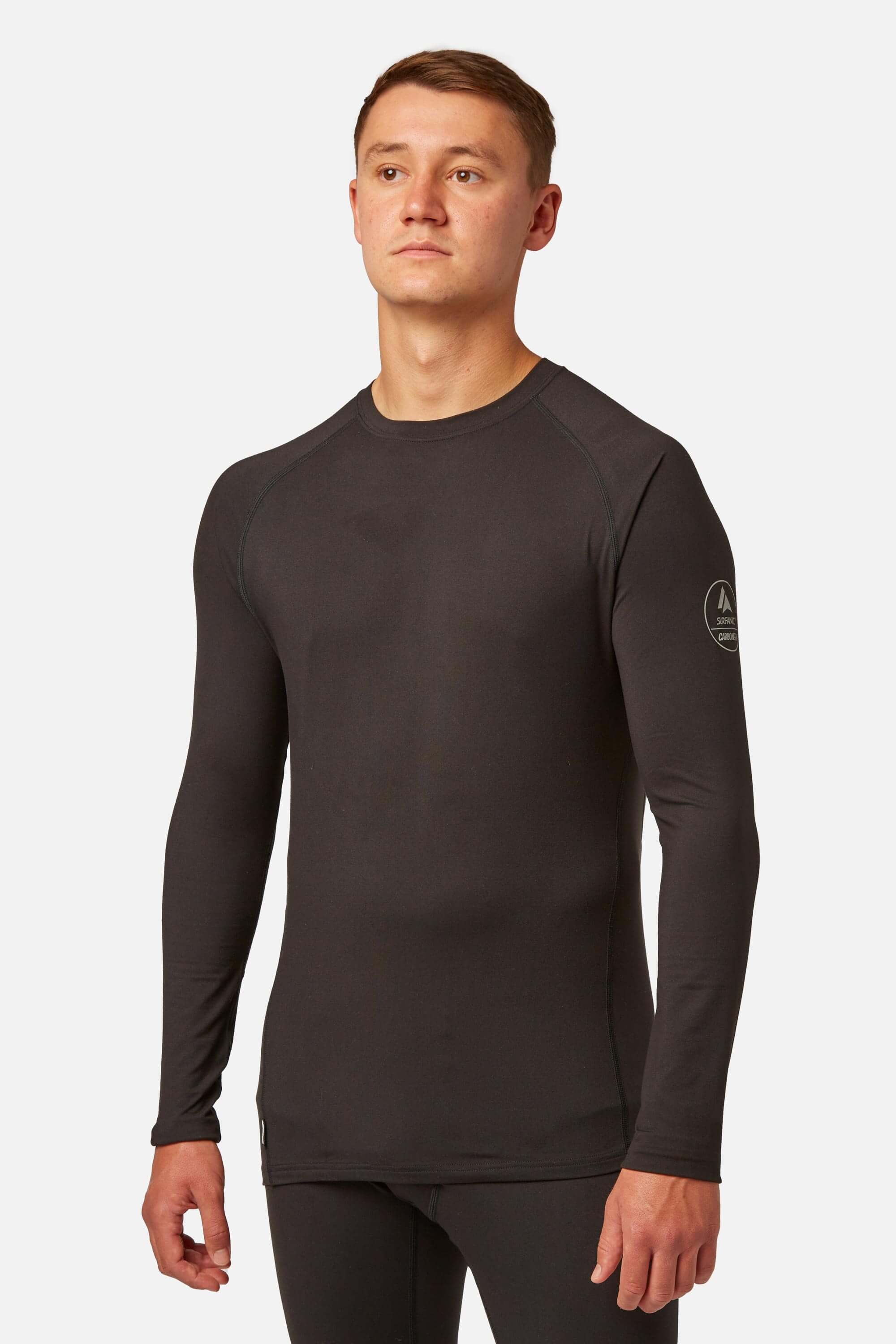Handy Advice For Choosing Merino Wool Base Layers For Hiking
Wiki Article
What Is The Difference Between Merino And Regular Wool?
Merino wool comes from Merino sheep. They are well-known for their fine and soft wool. Merino Wool differs from regular wool in several ways. Softness- Merino Wool is softer than regular wool, thanks to the Merino sheep's finer wool fibers. Because the wool has finer fibers, it is more comfortable to wear and less itchy.
Merino wool's ability to trap air inside the fibers gives insulation and warmth. It also has a high moisture-wicking capacity which means you'll be warm even when it's damp.
Merino wool has greater endurance than regular wool due to the nature of the Merino sheep's fibers. It is more resistant to tear and wear than regular wool, and it is less likely for it to pill.
Merino wool's natural anti-bacterial properties make it immune to smells. This means that you are able to wear it for longer without developing an unpleasant scent.
Breathability- Merino wool is highly permeable, which allows moisture to escape and keeps your body cool and dry during warmer weather.
Merino Wool is generally higher quality than regular wool. Merino wool can also be more expensive since it has superior properties.

What Are The Different Kinds Of Merino Wool Base Layers Employed In Clothes?
Merino wool is a popular base layer material in clothing due to its outstanding moisture-wicking properties and breathability, and naturally odor-resistant properties. Here are some Merino and Merino wool baselayers. The base layers are constructed of a light, breathable fabric that can be layered with other clothing.
The Midweight base layer - These are made from Midweight Merino and Merino wool base layers. They are suitable for use in cooler climates. The base layers are generally composed of heavier, more insulating fabrics that provide warmth and comfort during cooler weather.
Base layers that are heavyweight: The heavyweight Merino-wool base layers are designed to be used in extreme cold weather conditions. They are constructed with a thick, warm fabric that provides insulation as well as protection against the elements.
Base layers 3/4 length- 3/4 length Merino wool base layers are made to provide warmth and comfort but without bulk. They are perfect for layering under shorts or pants during cool weather.
Long-sleeved base layers Long-sleeve base layers Merino wool base layers are constructed to give warmth and comfort to the upper part of your body. They are usually made of a thin and breathable fabric which can be worn over other clothing for added warmth.
Hooded base layers - Hooded Merino wool base layers provide warmth and protection from the elements. They typically feature a hood with a fitted design that can be worn over the helmet or any other headgear.
Zip-neck base layer - Zip-neck Merino Wool base layers are constructed to permit easy airflow and temperature control. The base layers typically have the neckline of a zipper, which can be closed or opened according to the conditions of the day.
Merino wool base layers are available in various designs and weights to suit different preferences and needs. When selecting the right Merino wool base layer, it is essential to take into consideration the weather conditions as well as the level of activity you will be participating in, to ensure you choose the right size and weight for your needs. Go best ski layers at koraoutdoor.com for site tips.

Merino Wool Blended To Himalayan-Yak Wool Makes A Great Base Layer To Use When Skiing.
Merino wool mixed with Himalayan Yak wool creates the perfect base layer to ski on. Merino wool is well-known for its softness and moisture-wicking qualities, as well as its ability to regulate temperature as well as its the softness. Himalayan yak wool, however is well-known for its warmth, durability, and warmth. Combining these two fibers makes a base layer which is cool, breathable, and moisture-managed. It's ideal for skiers. Merino wool regulates body temperature, and wicks water away and keeps you dry. The yak wool adds an additional layer of insulation, providing warmth during cold temperatures. Merino wool blended with yak wool gives superior durability and resistance against wear and tear. This makes it the ideal base layer for activities like skiing. The combination of Merino wool and Himalayan Yak wool creates a base layer that's warm and water-resistant. It is breathable, water-resistant robust, and capable of enduring cold temperatures. It's a fantastic option for skiing as well as other activities that require cold weather. Go click here for best mid layer for hiking near me for site examples.

What Are The Reasons To Choose Merino And Himalayan Yarn Over Other Fabrics For Ski Clothes?
Merino wool and Himalayan Yak wool are great alternatives for ski gear due to a variety of reasons. Warmth Both Merino wool and Himalayan yak wool are highly efficient in insulators. This means they'll keep you warm in cold weather conditions. They are extremely warm and have a high weight-to-heat ratio, meaning they are lightweight and comfortable to wear but provide excellent insulation.
Moisture management Merino and Himalayan wools are excellent at controlling moisture. Both wools are naturally water-wicking. They pull moisture away from the skin and transfer the moisture into the fabric's outer layers where it can evaporate.
Breathability Merino wool (and Himalayan Yok wool) are both extremely breathable. The fabric lets air to circulate, which helps to regulate body temperature and prevents the accumulation of heat. This is important when you're wearing ski gear, since it helps you stay comfortable while you ski.
ComfortThe Comfort Merino wool as well as Himalayan Yak wool are both natural gentle and comfortable, making them ideal for wearing close to the skin. They are highly elastic and stretchy, so they can move with you and provide a full range.
SustainabilitySustainable Merino wool and Himalayan yak wool are both natural, sustainable fibers that are biodegradable and recyclable. They're more sustainable than synthetic materials such as nylon or polyester, and they are also less harmful to the earth.
Merino wool is an excellent option for ski gear. Himalayan and Merino yak wool are both excellent options. They are comfortable, durable warm, and wicks moisture away.